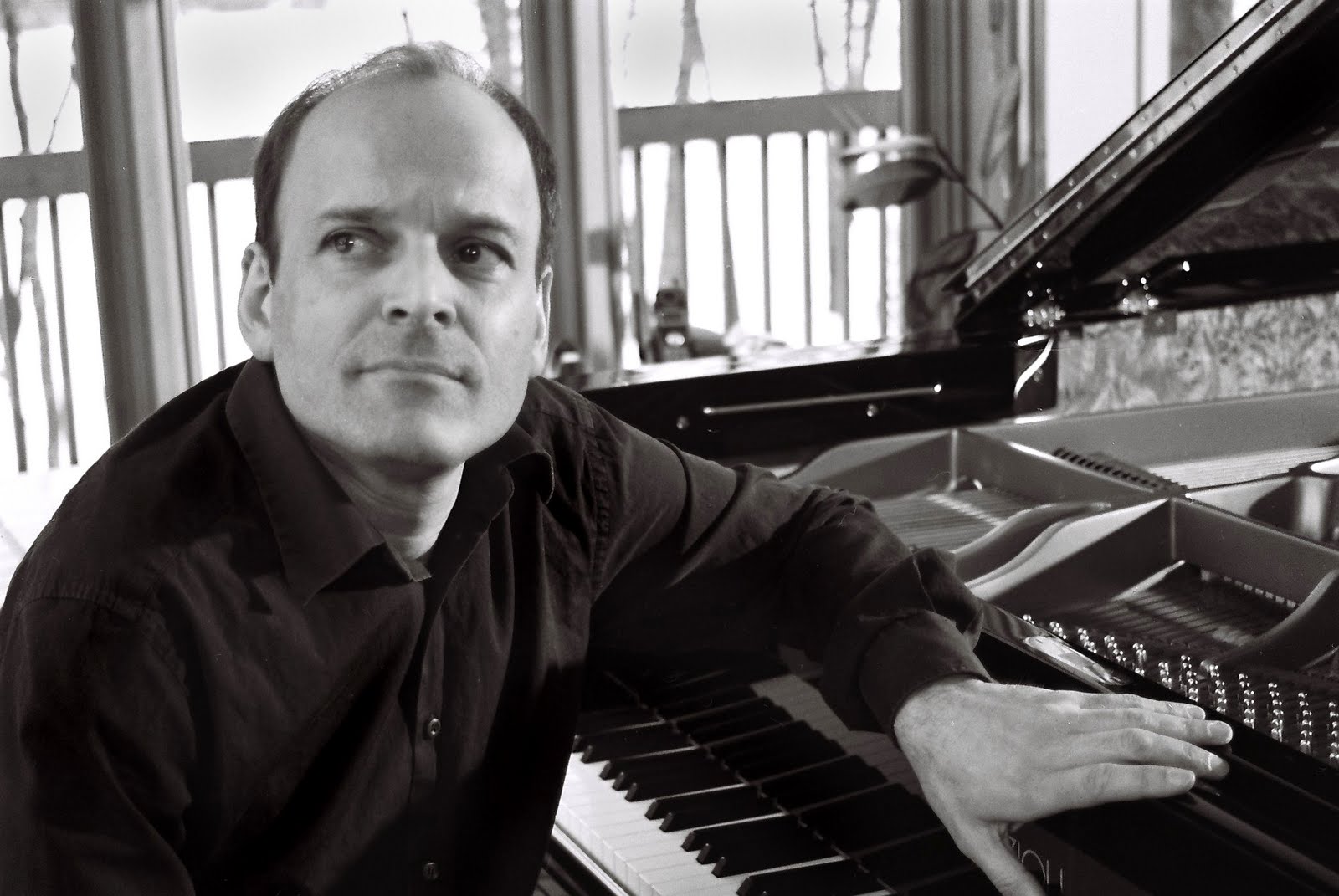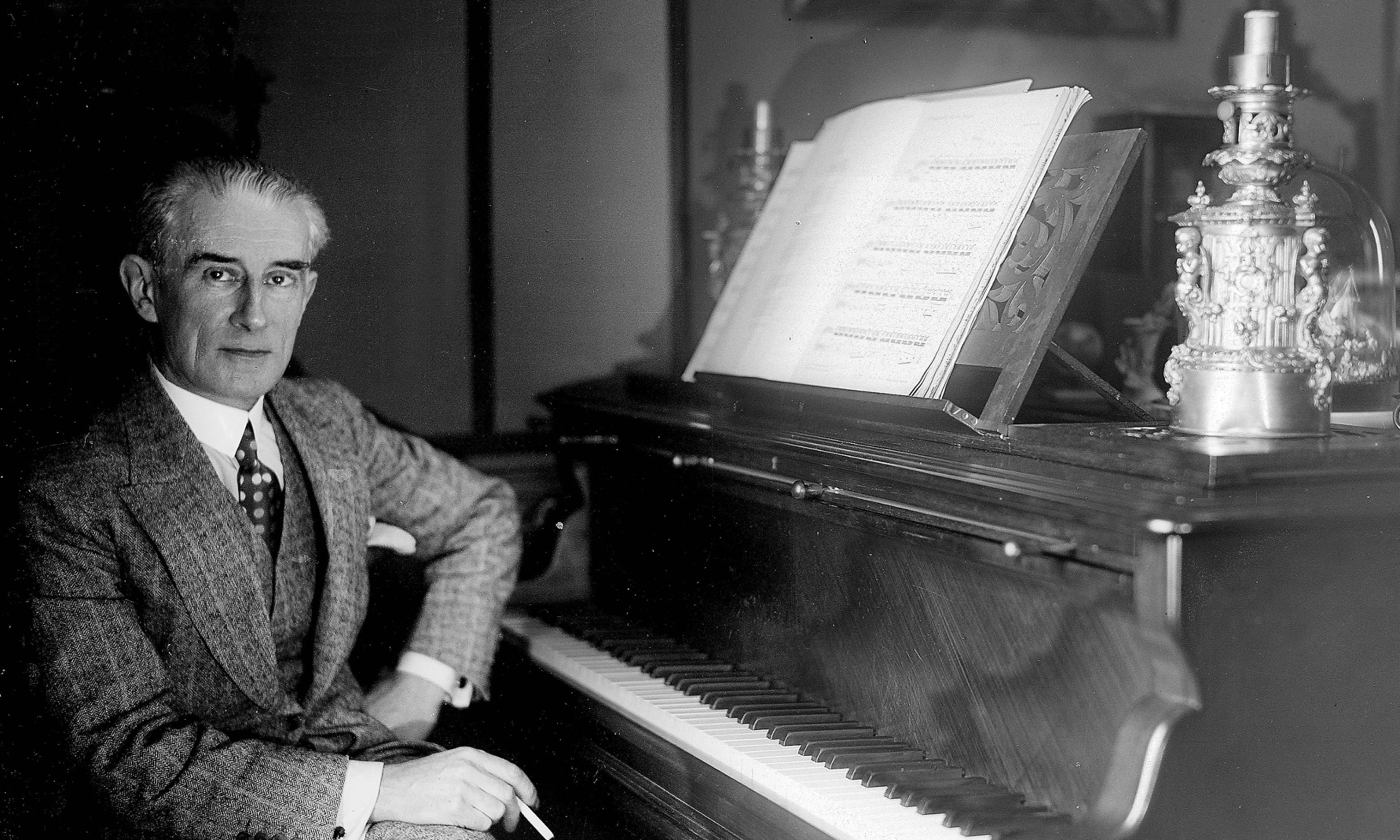Louis Lortie Plays Ravel
Last week we listened to Maurice Ravel’s Le Tombeau de Couperin, a piece which originated as a solo piano suite and culminated as a breathtakingly colorful orchestral work. Many of Ravel’s works followed this evolution. His glistening, Impressionistic orchestration even extended to Modest Mussorgsky’s Pictures at an Exhibition, a work also originally for solo piano. Let’s return to Ravel the pianist with a few excerpts from French-Canadian pianist Louis Lortie’s 2003 recording (on the Chandos label), Ravel’s …



